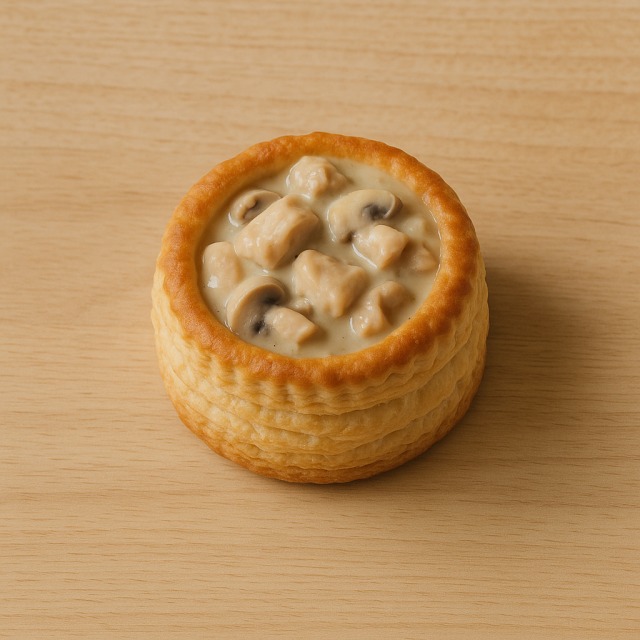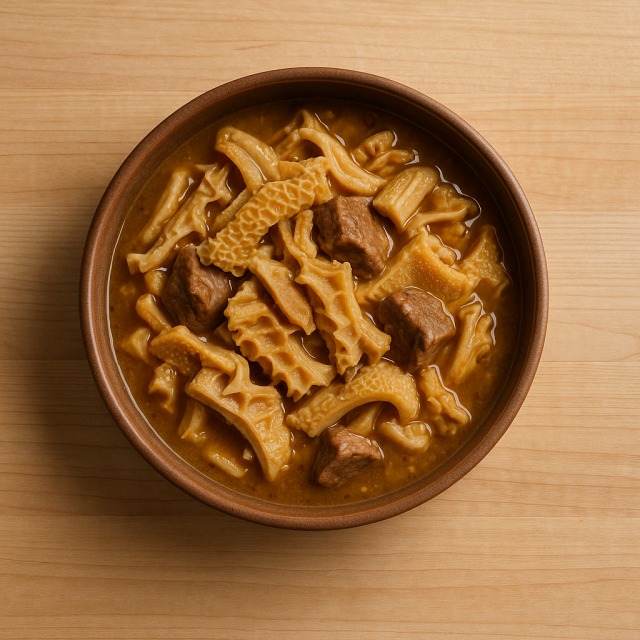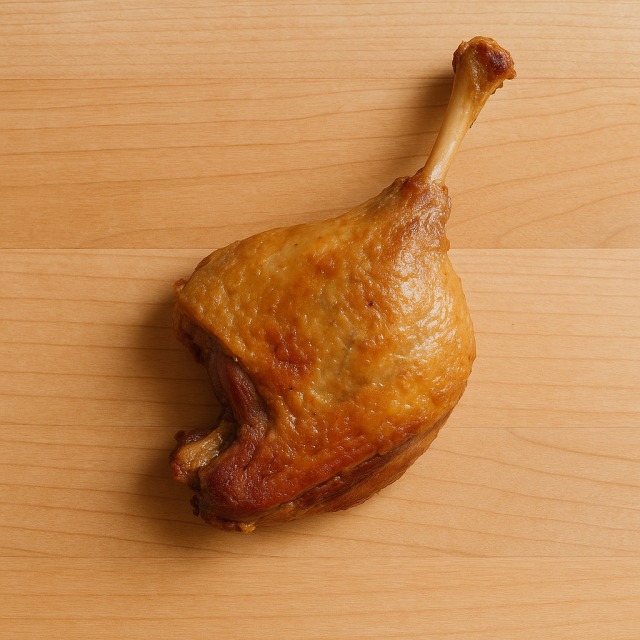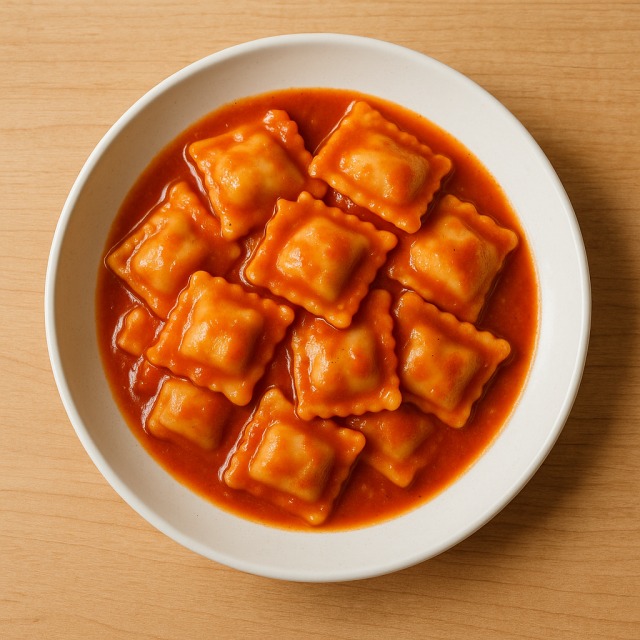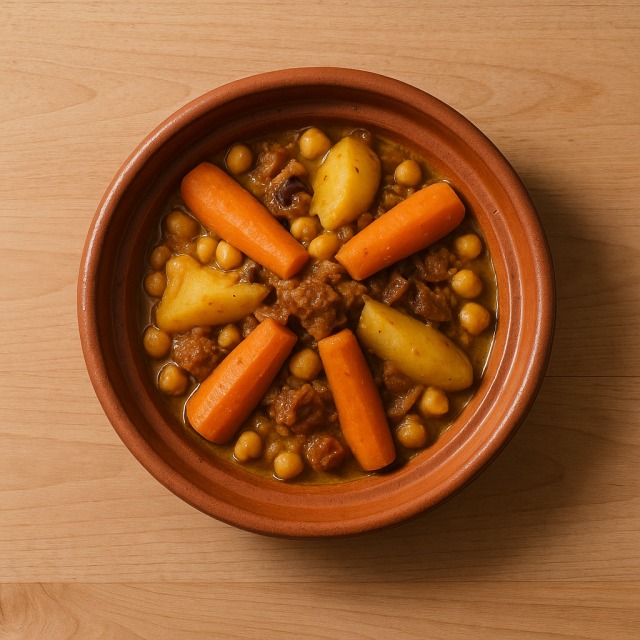Calorie Chart / Recipes / Chili con carne
How Many Calories Are in Chili con carne?
Calculation of the nutritional value & Recommended Dietary Intake of chili con carne
For g and a calorie requirement of kcal
| Calories 536 kcal | Proteins 35 g | Lipids 18 g | Carbohydrates 60 g |
| 27% | 47% | 27% | 22% |
Health benefits of chili con carne
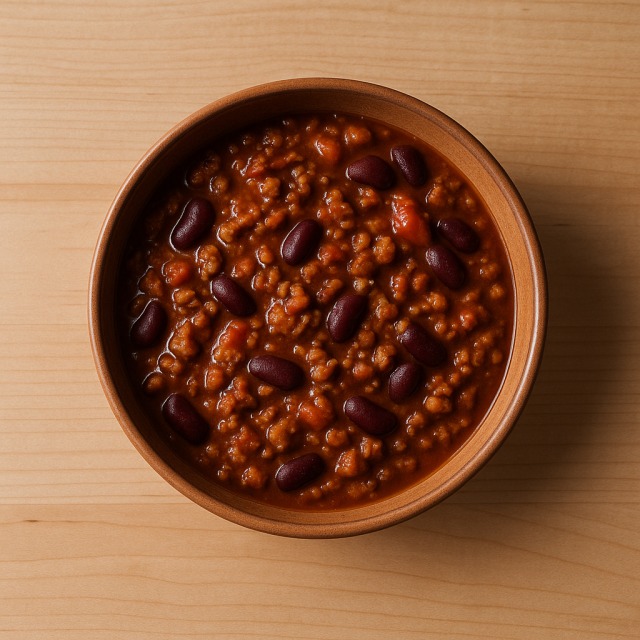
Chili con carne - 100g
Calories 153 kcal
Proteins 10 g
Lipids 5 g
Carbohydrates 17 g
Chili con carne is generally classified as a dish with moderate calories, making it an interesting option for people who need energy without the excess calories found in many fast-food meals. Those calories are largely balanced between proteins supplied by lean beef and complex carbohydrates from beans, which promote satiety and help avoid sudden hunger peaks often triggered by empty calories.
The preparation is also rich in iron and vitamin B12 (beef), magnesium, potassium, and dietary fibre (legumes), as well as lycopene from the tomato base. Capsaicin, the molecule that gives chili peppers their heat, is studied for its supposed thermogenic effect that could help the body burn additional calories—although this remains a supposed benefit rather than a proven fact. Zinc, selenium, and several B-group vitamins round out a mineral profile that supports immune function and muscle recovery. All in all, chili con carne provides nutrients and calories that are both sustaining and flavourful.
Historically, the recipe appeared in the American Southwest in the 19th century as a convenient meal for cowboys: a pot combining meat, beans, and spices that could simmer for hours. Its success lies in the clever use of inexpensive ingredients to deliver robust taste, useful protein, and manageable calories—an enduring example of balanced peasant cooking adapted to modern nutritional goals.
Tips for incorporating chili con carne into a balanced diet
To make chili con carne fit easily into a balanced diet, control portion size and pair it with light sides so the overall calories stay in check. A classic option is to serve one ladle over a scoop of brown rice; the fibre of whole-grain rice complements the legumes and keeps the meal's calories filling rather than excessive. For extra freshness without many calories, garnish with diced avocado and a squeeze of lime—the healthy fats slow digestion so the calories are released steadily.
If you want a lower-calorie plate, try piling the chili onto roasted zucchini boats or mixing it into a leafy lettuce salad. Athletes who need more post-workout calories can add a side of baked potato or sprinkle grated cheddar cheese, then monitor total calories accordingly.
Batch cooking is another smart tip: prepare a large pot, freeze individual portions, and you will always have a ready meal whose calories you already know. On days when you crave variety, alternate with equally comforting dishes such as beef bourguignon, lamb curry with rice, or a vegetarian bowl starring quinoa. Not only does this keep menus lively, it also teaches you how to juggle calories from different sources while still honouring flavour.
Frequently Asked Questions
- How many calories are in chili con carne?
- There are 153 kcal per 100 g.
- Is chili con carne good for weight loss?
- Yes, its mix of proteins, fibre, and moderate calories can promote satiety and help you stay within your daily calorie allowance, provided you respect sensible portion sizes.
- How can I reduce the calories in my chili con carne?
- Use extra-lean minced beef, double the beans and vegetables, and limit added oil—these tweaks can cut several calories per serving while keeping taste.
- Are canned versions higher in calories than homemade?
- Often they are: manufacturers may add sugar or fat, increasing overall calories. Reading the label lets you compare calories objectively.
- Does the spiciness affect calories?
- The heat itself adds no calories; however, capsaicin may slightly raise energy expenditure, meaning you could burn a few extra calories after eating a very spicy bowl.
Similar foods
Information provided by Calorie Menu may contain inaccuracies or errors. It cannot, under any circumstances, substitute medical advice or medication.
